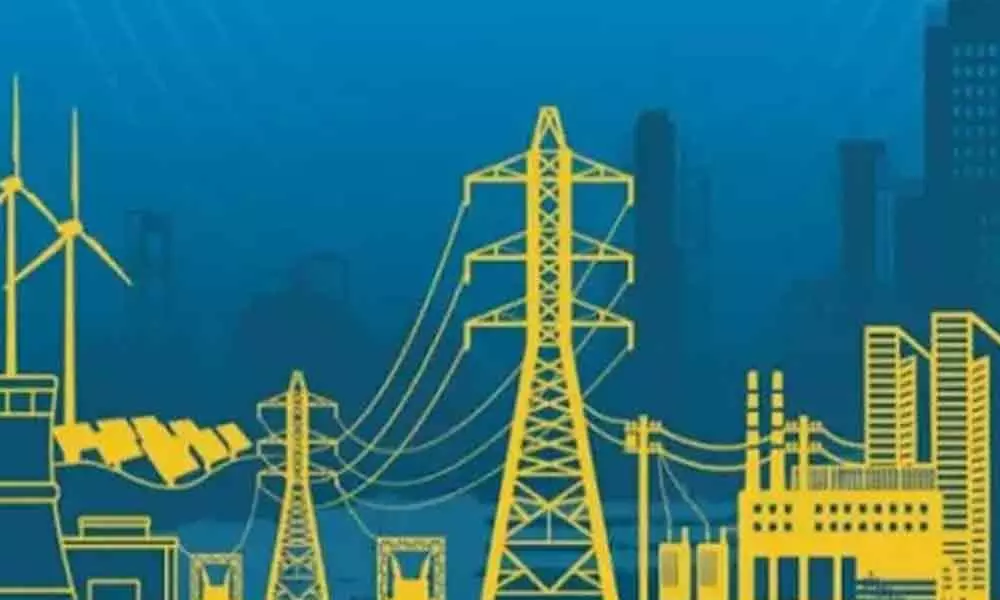Declining energy demand and lessons to learn

There are always two sides to a coin as they say. It applies to situations too. The darkest possible periods have some of the brightest silver linings. Corona is not an exemption to the same. There are several aspects that one has to look at to find out what good things it has contributed to us, though briefly.
One such was the report of International Energy Agency which said on April 30 that it expects global energy demand to plunge this year in what the Paris-based agency called the biggest drop since World War II. With roughly 4.2 billion people around the world subject to some form of lockdown in an effort to slow the spread of the coronavirus, the IEA is forecasting a 6% decline in energy demand for the year. Is this good or bad? Going by the report and in absolute terms, this is the largest on record.
Percentage wise, it is the steepest decline in 70 years, experts say. So far this is the mother of all hits that the energy sector has taken, it seems. The demand hit from the pandemic is expected to be seven times greater than the decline in the aftermath of the financial crisis in 2008. In absolute terms, the decline is unprecedented — the equivalent of losing the entire energy demand of India, the world's third largest energy consumer, the agency's Global Energy Report said.
The projections are based on assumptions that shelter-in-place and social distancing measures will slowly ease in the coming months, with a gradual economic recovery following. Under a faster return-to-business scenario, the IEA said demand loss could be limited to 3.8%, while a possible second wave of the virus could cause a greater than 6% decline. This is a historic shock to the entire energy world. Amid today's unparalleled health and economic crises, the plunge in demand for nearly all major fuels is staggering, especially for coal, oil and gas IEA says.
It is still too early to determine the longer-term impacts, but the energy industry that emerges from this crisis will be significantly different from the one that came before, the IEA expects. Demand for gas is expected to fall by 5%, after a decade of uninterrupted growth. It is the steepest drop since gas became widely used as an energy source in the second half of the previous century. Coal demand is forecast to fall by 8% compared with 2019, its largest decline since the end of the Second World War.
Using the data from the first 100 days of the year, the report estimates how energy consumption and carbon emissions are likely to evolve over 2020 as the world battles the pandemic and recovers from its economic fallout. The report estimates energy demand will fall 6% in 2020, the equivalent of losing the entire demand of India, the world's third largest energy user. The fall, therefore, is down to predicted declines in the fossil fuels, coal, gas and oil this year, in the wake of countries shutting down their economies. The bad news? Well, this is not how we would like to bring down carbon emissions. Not certainly with all the deaths around. Still, does corona teach any lesson to us at all?

















